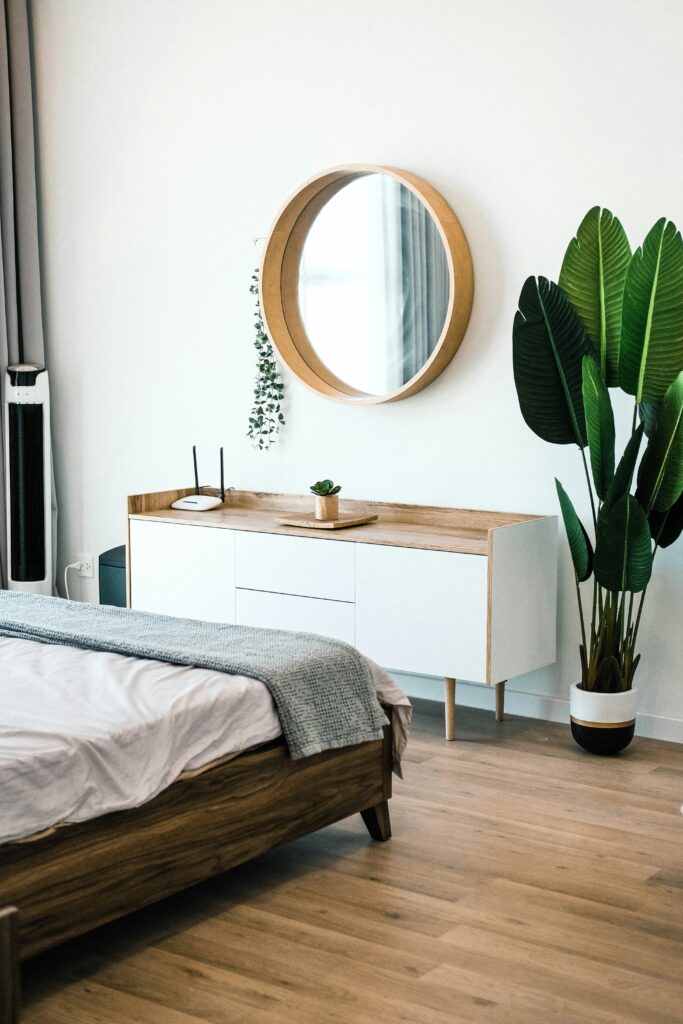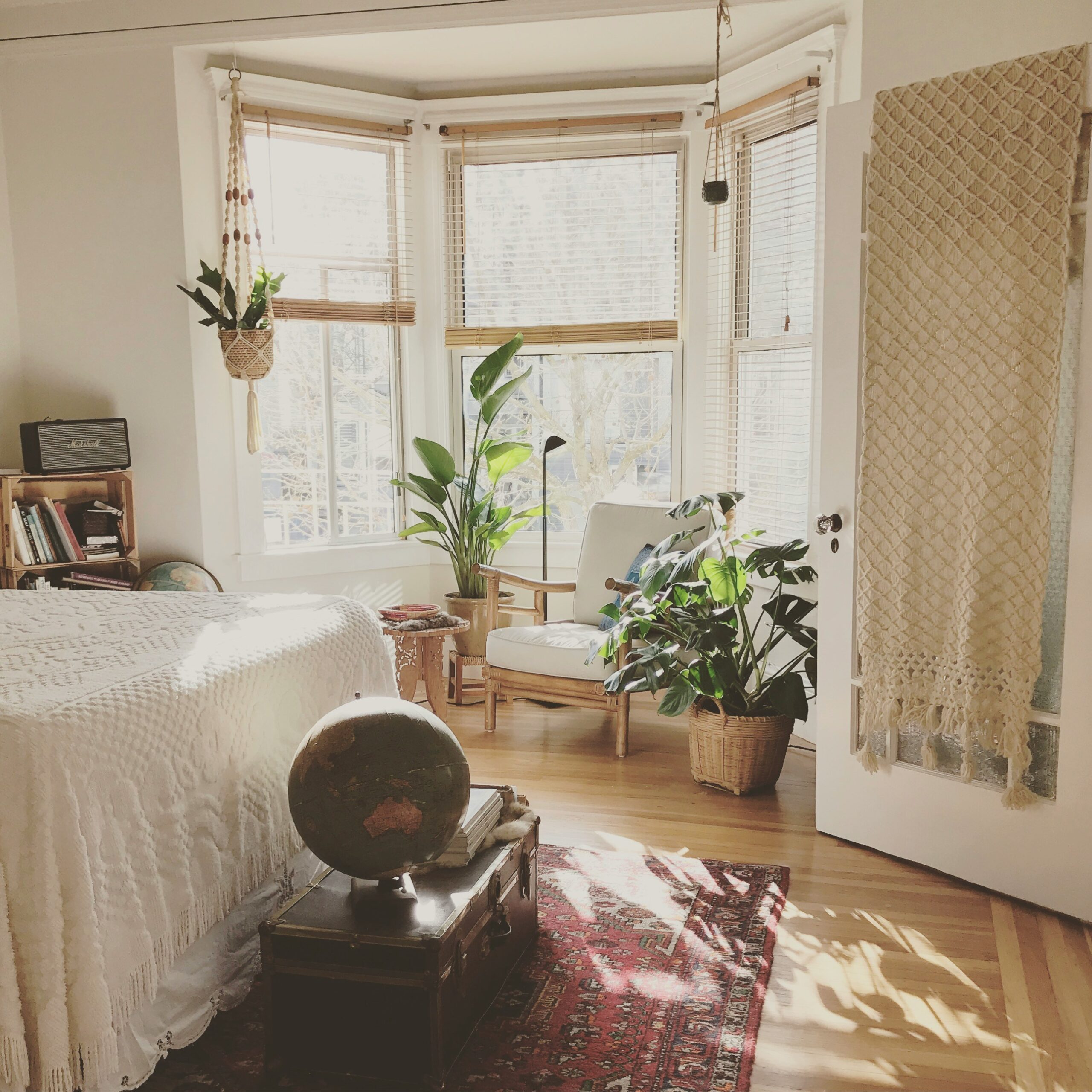In a world that constantly demands our attention, the need for restful sleep cannot be overstated. Essential for our mental and physical well-being, quality sleep begins with a conducive environment, notably our bedrooms. Often overlooked, the organization and design of your sleeping space wield immense power over your rest. Transforming your bedroom from chaos to calm not only enhances the aesthetic appeal but also nurtures tranquility for better sleep.
Setting the Mood with Personal Touches
Personalizing your bedroom can significantly affect the ambiance, making it a sanctuary of comfort and relaxation. One effective way to add that personal touch is through custom photo prints. These prints infuse your space with warmth and familiarity, creating a comforting environment that invites relaxation. Select photos that evoke happiness and calm, whether it’s a serene landscape or cherished memories with loved ones. By doing so, your bedroom becomes a personalized retreat, encouraging peace as you drift into sleep.
Decluttering and Simplifying Your Space
A cluttered room often leads to a cluttered mind, acting as a barrier to restful sleep. Begin by assessing the clutter in your bedroom. Remove or relocate items that do not contribute to a relaxing bedside experience. This includes unnecessary furniture, unworn clothes, or any paperwork that has found its way into your bedroom. A simplified and organized space liberates your mind, making it easier to unwind at the end of the day.
Embrace minimalism by maintaining clean surfaces. Use storage solutions such as baskets, bins, or under-the-bed drawers to conceal items you don’t need regularly. The objective is a streamlined aura that exudes calm, setting the stage for deep, restorative sleep.

Creating a Balanced Color Palette
Color affects mood, which in turn affects sleep. Opt for a color palette that promotes calm and relaxation. Soft, muted tones like blues, greens, and grays are known for their soothing qualities. These colors help in reducing anxiety and stress, allowing you to decompress. Consider experimenting with textures, combining soft materials like cotton or linen for bedding and curtains, adding layers of comfort and warmth.
Complement the chosen palette with appropriate lighting. Harsh lighting disrupts the natural circadian rhythms; instead, use bedside lamps with warm bulbs to create a cozy glow as you prepare for bed. Dimmer switches or smart lighting systems can provide flexibility, allowing you to adjust brightness according to your evening routine.
Optimizing Furniture Arrangement for Function and Flow
An organized bedroom must seamlessly combine function with flow, ensuring an inviting and comforting environment. Placement of the bed is crucial. Ideally, your bed should face towards the door while not being directly in line with it, following principles often recommended in feng shui. This arrangement provides a sense of security, conducive to relaxation and sleep.
Position nightstands strategically for easy access to necessities like a lamp, a book, or a glass of water without cluttering the tabletop. Limit the number of items on these surfaces to prevent chaos. Likewise, arrange furniture to promote ease of movement in the space, avoiding obstructions that could cause stress.
Incorporating Nature for Added Serenity
Nature has profound calming effects, making it a valuable ally in the journey to better sleep. Integrate elements like indoor plants to purify the air and introduce a natural touch that enhances tranquility. Plants such as lavender and jasmine are particularly effective as their aromas are known to promote sleep quality.
Another way to incorporate natural elements is through textures and patterns reminiscent of nature. Incorporate natural materials like wood or stone in furniture or decor, which can ground your space in earthiness, promoting a place of calm conducive to a restful night.
Embracing Technology Thoughtfully
While technology often poses a threat to sleep, when used mindfully, it can bolster rest. Manage blue light exposure by setting limitations on screen time before bed. Consider introducing technology such as white noise machines or apps designed to encourage sleep through guided meditation or soothing soundscapes. These tools can habituate a sleep routine that signals your body when it’s time to wind down.
The SleepHub is becoming increasingly popular with those that struggle to sleep as it retrains the brain to adopt healthy sleeping patterns, aid falling asleep and improve sleep quality. Grab yours here.
Transitioning your bedroom from chaos to calm requires intentionality and commitment to creating an environment conducive to rest. Through personalization, color choices, strategic furniture placement, and mindful use of technology, your bedroom can become a haven where sleep thrives, allowing you to wake up rejuvenated and ready for whatever the day holds. With this peaceful foundation, sleep can transcend from elusive to delightful, nurturing a healthier, more rested you.
You may also like
Tips To Organise And Declutter Your Home
Wooden TV Stands with Storage: Stylish Solutions for Clutter-Free Living
